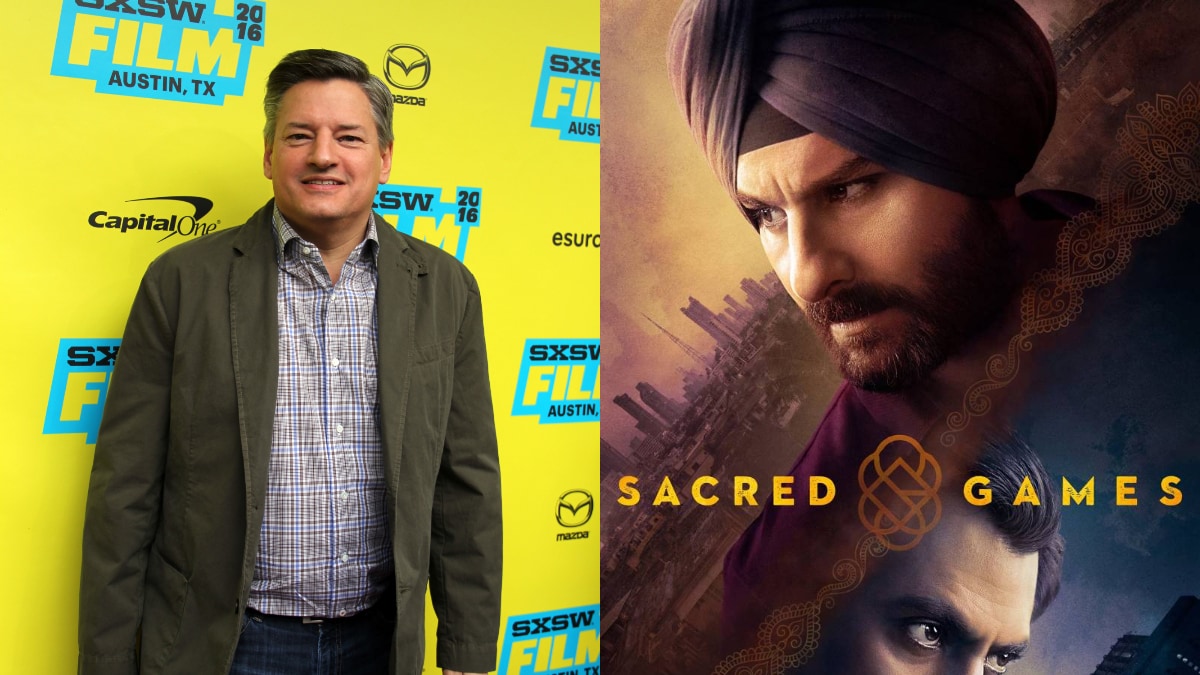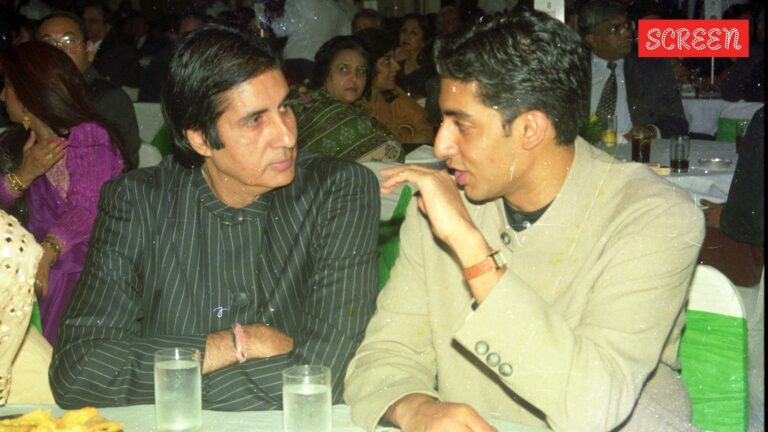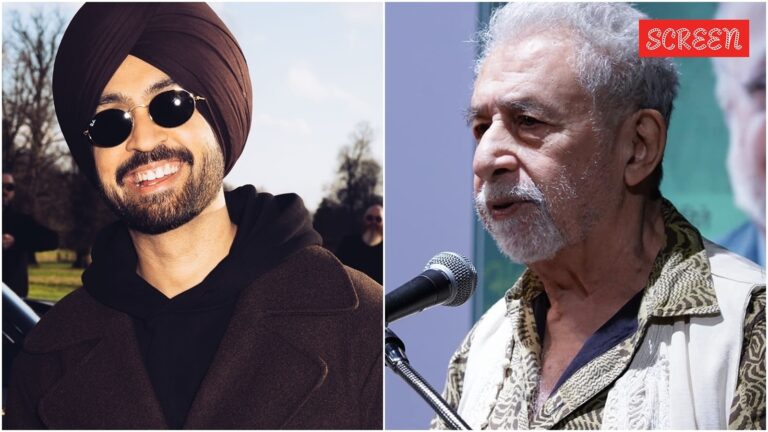“I thought this is going to be great,” Sarandos said. “People in India love movies. This is a TV show that feels as big as a movie – it has movie stars.”
read more
In a wide-ranging conversation with Nikhil Kamath, Netflix Co-CEO Ted Sarandos looked back on the platform’s early creative choices in India – particularly Sacred Games, its very first Indian original.
“I thought this is going to be great,” Sarandos said. “People in India love movies. This is a TV show that feels as big as a movie – it has movie stars.”
But Sacred Games turned out to be more than just a hit show. It marked a paradigm shift in how long-form entertainment could be consumed in India. Sarandos noted, “It was very, very novel, but I didn’t realize that we were going to be introducing a brand new kind of entertainment to a country the size of India.”
At the time, India’s television landscape was largely defined by sports, talk shows, and family dramas – very different from the cinematic format Netflix was offering. “There was nothing else like it,” he reflected, highlighting the difference between existing formats and the kind of “cinema-infused television” Netflix was producing globally.
Sarandos also touched upon the timing of the show’s launch: “If I did it all over again, would I have done Sacred Games a couple of years later, maybe.”
But rather than viewing it as premature, the comments frame Sacred Games as a bold, foundational move – one that helped define the tone and ambition for streaming content in India. Its early arrival set the stage for a market that was just beginning to evolve.
He also acknowledged the broader learning curve: “Early on, it took us a couple of years to get the product-market fit right including payment systems and all those things.” Yet, even then, the bet on India was clear. “We knew that India was going to be a slower journey… but it’s a great prize at the end of the day.”
That long-term view is now paying off. “Right now, you can see how fast Indian households are adopting fixed broadband, big-screen TV is growing – the addressable market in India is exploding in the next couple of years. So it’s exciting.”






















